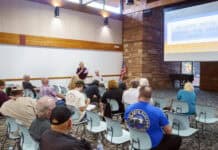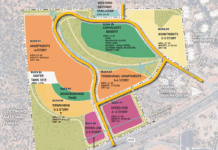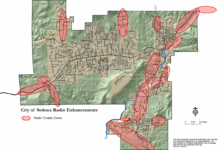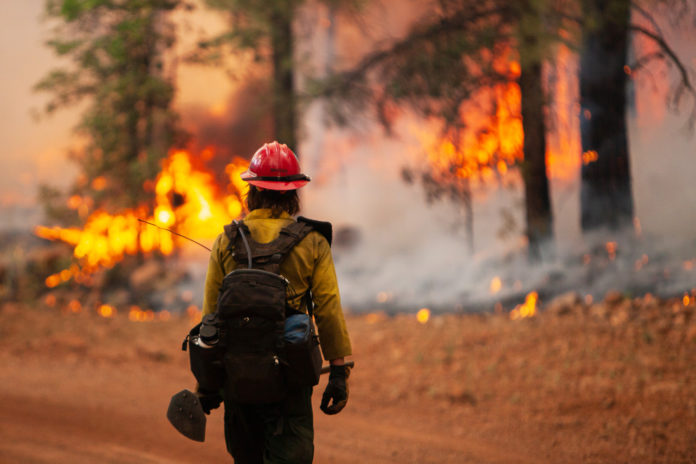
Fire season in Northern Arizona is a perennial threat to our homes, businesses, recreational spaces and landmarks.
Fire season typically begins in May, intensifies at the tail end of the month, peaks in early June and, depending on monsoon rains, extends into late June, July or sometimes early August.
Wildfires have innumerable causes such as spot fires caused by lightning, careless drivers with cigarettes, loose chains or mechanical failures, unextinguished campfires, and very rarely arsonists, accidental or intentional. The La Barranca Fire in the Village of Oak Creek was caused by sparks from fence welders in 2006.
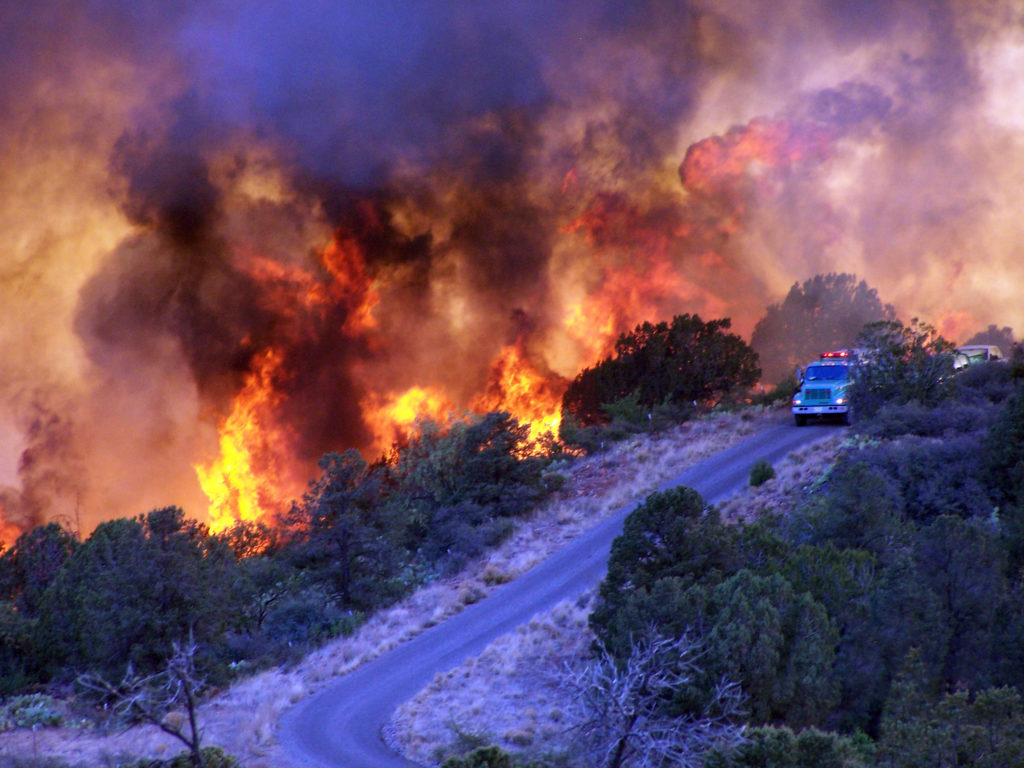
The Brins Fire that same year was from a transient’s camp fire.
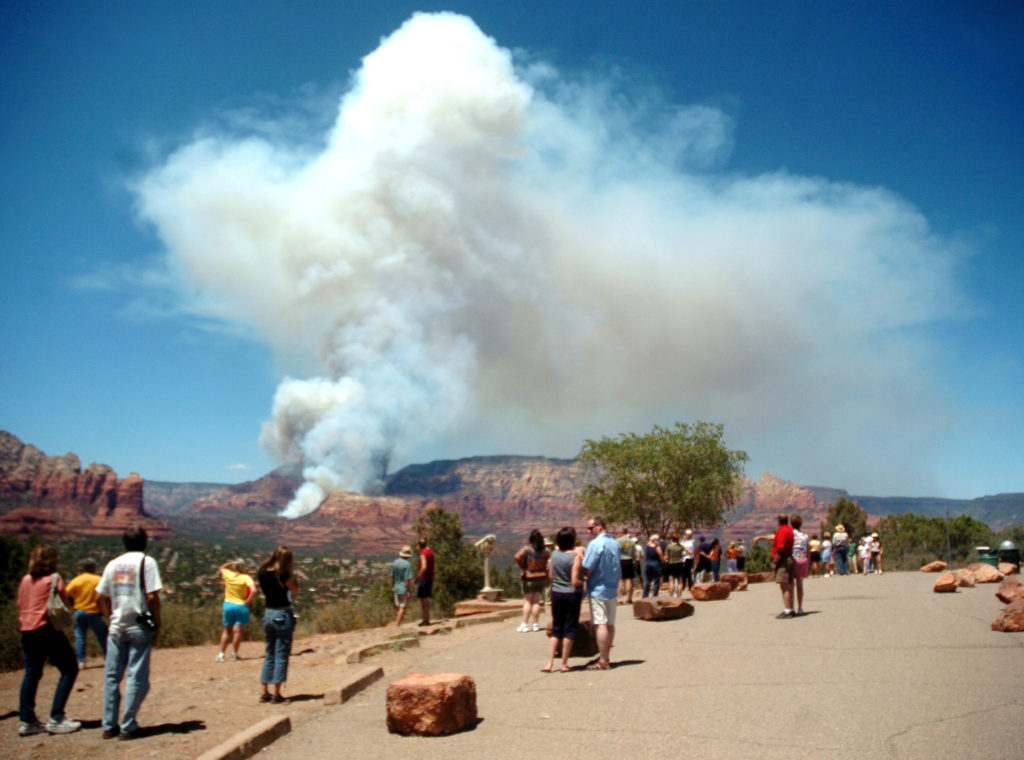
The cause of the 21,227-acre Slide Fire in Oak Creek Canyon was never determined, but as it happened on the north end of Slide Rock State Park on cloudless, sunny day in 2014, humans are suspected as the cause.
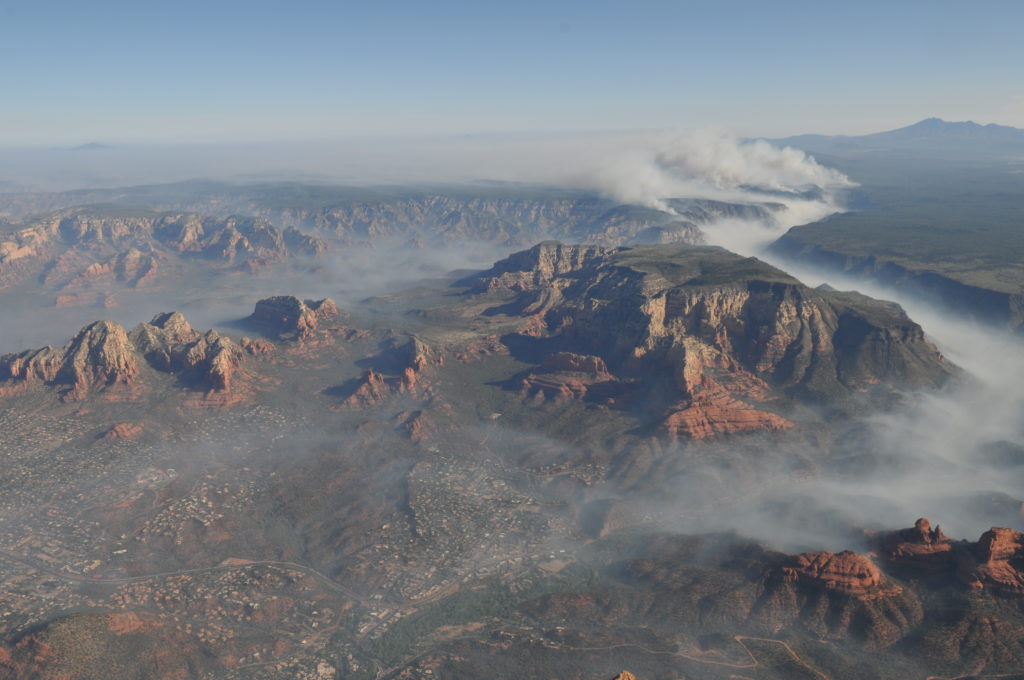
The 78,065 acres Rafael Fire last year was sparked by lightning.
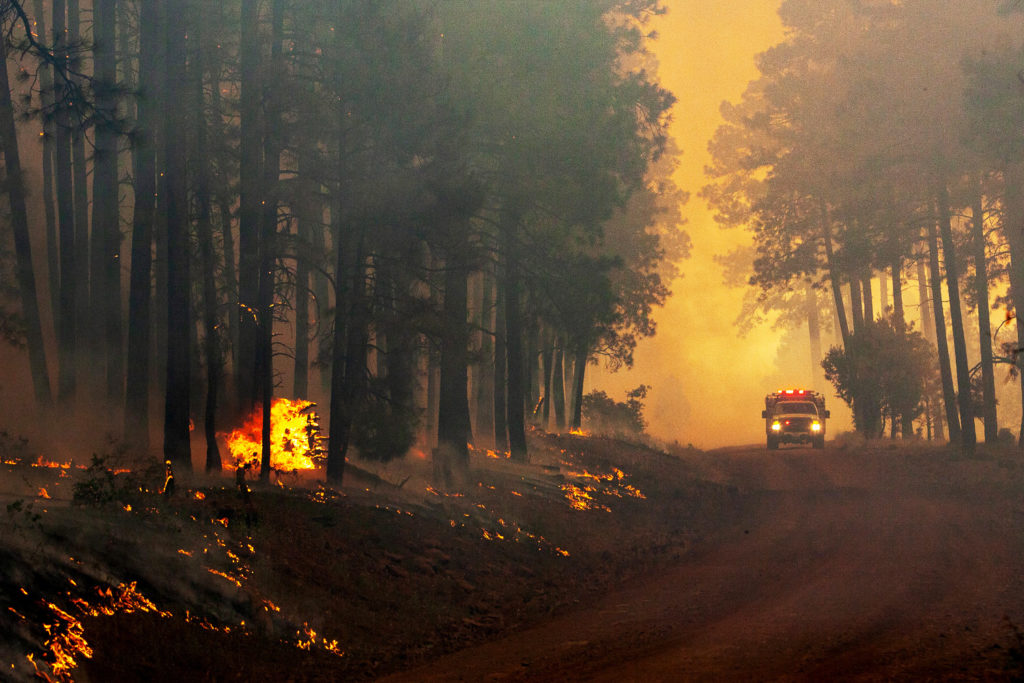
This year, the fires began early.
The Crooks Fire began south of Prescott in an isolated stretch off the Senator Highway. As of press time it has burned 6,454 acres and prompted the evacuation a few hundred people in the direct fire path, before being contained on the northern frontier — about 16% of the fire line.
The wildfire smoke that has filled the Verde Valley since April 25 is coming from this fire as winds push smoke northeast into the Prescott Valley then over the Black Hills into ours.
The other larger fire began on April 25 is the 19,344- acre Tunnel Fire, which ignited on the flatlands east of Mount Schultz — one of the lower summits of the San Francisco peaks — whipped up by strong winds from the southwest pushing the blaze northeast into the Doney Park neighborhoods. The Tunnel Fire prompted the evacuation of several thousand people damaging more than 100 homes and destroying at least 30.
It also swept over the Sunset Crater National Monument, burning trees and terrain, though National Monument workers say they were able to save the visitor center and invaluable artifacts from destruction.
These early severe fires do not bode well for the rest of 2022 nor the fire danger we face as the year goes on.
The American Southwest is in the worst drought of nearly 1,200 years and shows no signs of abating.
Blazes in the Verde Valley near populated areas tend to get snuffed out relatively fast because of our adept and hypervigilant fire districts and fire departments. The Verde Valley Fire District, Sedona Fire District, Copper Canyon Fire & Medical Authority, Cottonwood Fire Department and the Jerome Volunteer Fire Department work surprisingly well given varying terrain and intergovernmental operations. When lives, homes or properties are threatened, fire crews from various agencies join together to battle the threat. They demonstrate that governments can accomplish amazing feats and save many lives when united by common purpose.
In 2018, the Rhino and Platypus fires — the U.S. Forest Service was on a “let’s name lightning-caused fires after animals in alphabetical order” kick that year — were caused by lightning July 28 and burned before a late monsoon storm finally extinguished them in mid-September. While they were small and threatened no buildings, they burned for months, making their smoke a regular presence in Sedona and Seven Canyons through the day and the whole Verde Valley at night.
We should strive to be prepared. Contact your local fire district or agency now and have your home and property evaluated for fire risk. Your fire marshal can advise you what changes to your landscaping and brush will keep your home safe. There is still plenty of time to make small changes that could keep your home safe and standing through the worst of fire season — May, June and July — as well as in years to come.
Be hyper-vigilant aware from your home. If you see smoke, call 911 immediately. Don’t build campfires in areas under fire restrictions. If someone throws a lit cigarette from a car window, don’t just curse, call the Coconino or Yavapai county sheriff’s offices and report the license plate. Don’t smoke on forest land and if you see someone smoking on a trail, politely inform them of the dangers and tell them to extinguish their cigarette. It is up to our community as a whole to prevent another tragedy this fire season.
Christopher Fox Graham
Managing Editor


